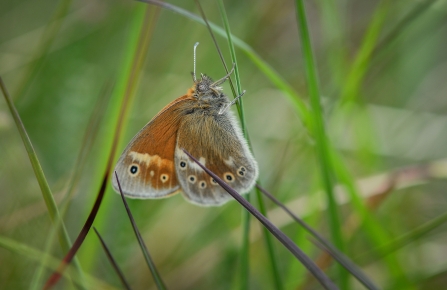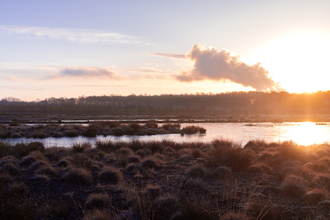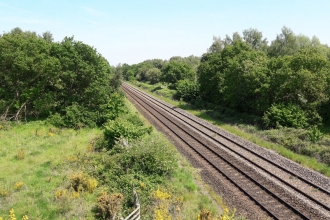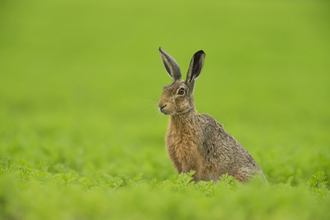As a local draft environmental consultation closes today, rare peat bogs in the region appear to be under threat.
The route of the 225mph HS2 line cuts across vitally important mosslands, affecting wildlife networks that have taken decades to create.
HS2 Ltd’s own figures for the latest phase of the route, 2b, show, nationally, it will have a devastating impact on important places for wild plants and animals. 12 highly protected areas for nature conservation (known as SSSIs), 111 Local Wildlife Sites and 19 ancient woodlands will be seriously damaged.
The Wildlife Trusts are challenging HS2 to create and restore more wild places than are being destroyed and damaged by the construction of the route, and to save irreplaceable habitats like wetlands and ancient woodlands from destruction. And the Wildlife Trust for Lancashire, Manchester and North Merseyside believes that developers must come up with answers, as the line is planned to cut deep into peat bogs that are homes for wildlife and a store for carbon, keeping an important check on global warming.
Living Landscapes Development Manager, Jo Kennedy, said: “The Great Manchester Wetlands Nature Improvement Area (NIA) covers some 48,000 hectares between Greater Manchester and Merseyside.
“It has objectives to improve species mobility through restoring rare wetland habitats, increasing connectivity by creating stepping stones and corridors between habitats and populations, and optimising the ecosystem services provided by all habitats. The route of HS2 Phase 2b runs roughly north to south through this landscape, directly impacting on our ability to achieve these objectives.
“HS2 will fragment the NIA, reducing the size of habitats and species populations by the permanent creation of a physical barrier that reduces the ability of species to move across the landscape to escape the pressures of climate change and development, or to expand population sizes.
“There will also be temporary and permanent adverse impacts on habitats and species - loss of Sites of Biological Importance and Local Wildlife Sites - during construction and operation.
“At a time when the Great Manchester Wetlands partnership has just started a species reintroduction programme to restore plants and animals to the area, HS2 is a major impact that could adversely affect the success of this project.”




